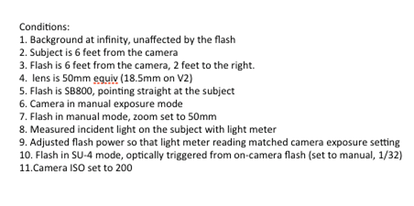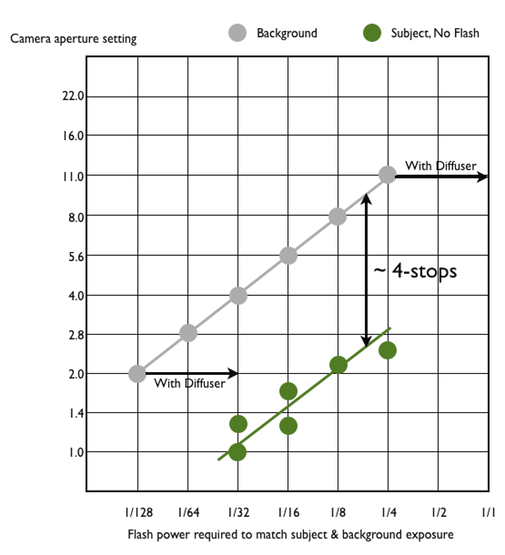This page is taken from another section titled “Mirrorless camera analysis”. The subject is relevant here.
Essentially, lighting can be categorized intot he following:
1. Contrast enhancement
2. Contrast reduction
3. Complete lighting
4. Artistic effects
Here are examples of each.
1. Contrast enhancement is when you have a low contrast scene and you want the main subject to "pop". You do this by slightly under-exposing the ambient background and then correctly exposing the main subject. Here is an example:

This was a foggy morning at the beach. A small amount of flash lit up the Lifeguard Station. I underexposed the background ~1 stop to create some contrast.
Nikon V2, 1/250sec, f/6.3, ISO 160. SB-800@ 1/4 (I think) at arm's length to the left
Here's an example without flash:

2. Contrast Reduction
Contrast reduction is where you use flash to flatten out a high contrast scene. One example is where you have a bright background but the main subject is in the shade and you want to lighten them up. Typically, the camera is exposed for the background and the flash power is set to expose the subject. Here's an example:
No flash. Nikon V2, 1/125, f/5.6, ISO 200

With Flash, same camera exposure,SB-800 @ 1/16 (sorry, not smiling) on tripod, 6ft from subject, 2ft to the right

With this example, I set out to measure the amount of exposure required at various light levels in order to see if there was a rule-of-thumb I could develop which would allow me to get the exposure and flash power approximately correct for various light and contrast levels without needing an exposure meter.. The example above was shot at various light levels as the sun set (behind the camera). and allowed me to see how things scaled with the amount of abackground light.
Here is a graph of what I measured:



1. As the sun set, I opened up the aperture (and slowed the shutter speed) to maintain correct exposure for the background (from f/11 -> f/2.0) - the gray line
2. Without flash, the exposure required to properly expose the subject (me) was approx. 4-stops greater and this tracked as the ambient light decreased. (not entirely intuitive) - the green line
3. As the light decreased, the amount of flash required to light the subject also decreased - the horizontal axis
4. The amount of flash required to illuminate the subject was independent of the shutter speed of the camera (as expected)
5. When I added a diffuser, with the flash head pointing directly at the subject, I needed 2-stops more flash power (4X) to illuminate the subject.
From this data it should be possible to extrapolate for different light levels, different contrasts and different distances to the subject.
For example, if the contrast difference were 3 stops versus 4, then the assumption would be we would need 1/2 the flash power. if the distance of the flash were 12ft inststead of 6ft, then we would need 4X the flash power (power needed increases by the square of the distance).

Here's another example of contrast reduction where the camera is exposed for the exterior and the flash is set to illuminate the interior.